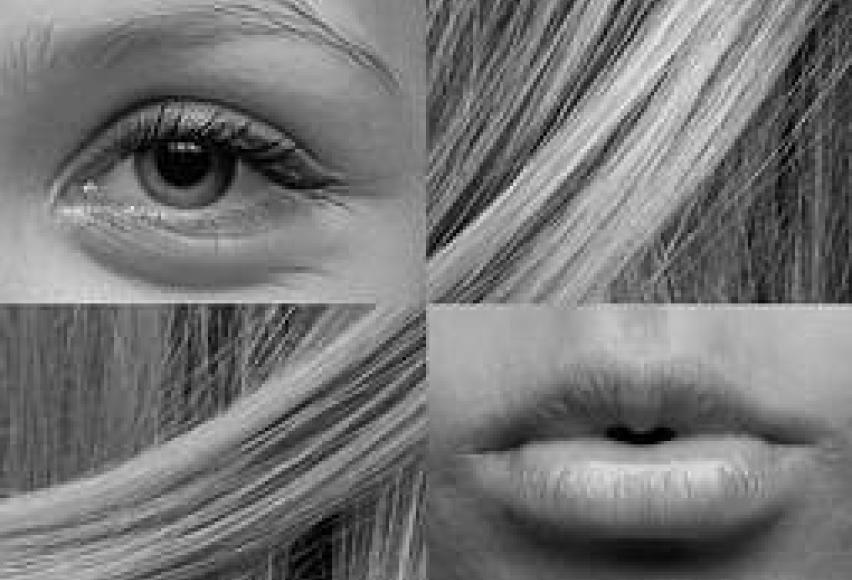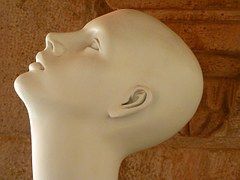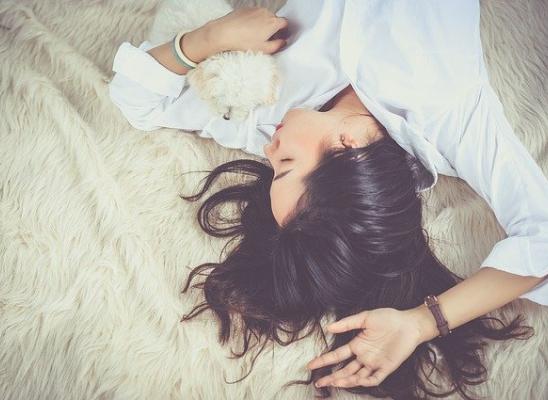Hair Loss and Trichotillomania

Online test
Find out the severity of your symptoms with this free online test
People who have trichotillomania have an irresistible urge to pull out their hair, usually from their scalp, eyelashes, and eyebrows, but any part of the body where hair grows can be a target. Trichotillomania is a type of impulse control disorder. People with these disorders know that they can do damage by acting on the impulses, but they cannot stop themselves. They may pull out their hair when they're stressed as a way to try to soothe themselves. The exact cause of trichotillomania isn't known. It may be related to abnormalities in brain pathways that link areas involved in emotional regulation, movement, habit formation, and impulse control. Some people with trichotillomania may also have depression or anxiety. Trichotillomania has also been found to have higher prevalence where there is familial history.
Signs and Symptoms
Trichotillomania is 7 times as prevalent in children as in adults, with the peak prevalence between the ages of 4 and 17 years. It can cause a child to experience distress and may result in moderate impairment in social or academic functioning. Additionally, trichotillomania may result in impairment in other important areas of functioning, such as family relationships.The American Psychiatric Association’s Diagnostic and Statistical Manual of Mental Disorders, Fifth Edition (DSM-5), places trichotillomania in the category of obsessive-compulsive and related disorders and notes that it is characterized by recurrent body-focused repetitive behavior (hair pulling) and repeated attempts to decrease or stop the behavior. The behavior can occur during both relaxed and stressful times, but there is often a mounting sense of tension before hair pulling occurs or when attempts are made to resist the behavior.
The specific DSM-5 criteria for trichotillomania (hair-pulling disorder) are as follows:
- Recurrent pulling out of one’s hair, resulting in hair loss
- Repeated attempts to decrease or stop the hair-pulling behavior
- The hair pulling causes clinically significant distress or impairment in social, occupational, or other important areas of functioning
- The hair pulling or hair loss cannot be attributed to another medical condition (eg, a dermatologic condition)
- The hair pulling cannot be better explained by the symptoms of another mental disorder (eg, attempts to improve a perceived defect or flaw in appearance, such as may be observed in body dysmorphic disorder
Hair Loss and Balding

Trichotillomania is frequently misdiagnosed as alopecia areata or other hair loss conditions that occurs in patches. There are two reasons for this. Firstly, both conditions look similar to the untrained eye, and secondly, people are often ashamed and fearful to tell their doctor that they’re pulling out their own hair. This is also an issue in diagnosing children and young teenagers with trichotillomania, who might be pulling their hair out in secret without their parents' knowledge. There is, nevertheless, a predominant diagnostic feature of trichotillomania - uneven hair breakage. When you pull your hair out, you can’t pull it all at the same angle so it snaps off, and at different lengths. Whereas, in alopecia areata, the little hairs will be roughly the same length. Also, the pattern of hair loss from trichotillomania is usually worse on the right side of the scalp if you are right-handed and vice versa. Those with trichotillomania typically use their fingernails, tweezers, pins or other mechanical devices to pull out the hair. Those who suffer from trichotillomania episodes commonly describe a high level of tension and a strong “urge,” with the hair pulling, offering a sensation of relief or pleasure. Hair pulling is usually done alone while watching TV, reading, talking on the phone, driving or while grooming in the bathroom. A trichotillomania episode may be triggered by a negative mood or in response to stress, but may also happen while an individual is calm and relaxed. Sometimes hair pulling is done as a conscious behavior, but it is frequently done as an unconscious habit. In severe cases, trichotillomania can result in permanent hair loss or skin damage. The repeated pulling out of hair has been shown to damage the hair follicles. Because trichotillomania is an obsessive repetitive disorder, this means that those with it often experience damaged hair follicles. If enough hair is pulled out, these damaged hair follicles can affect hair regrowth. Much of the time the hair grows more slowly, more sparsely, or in a different way. For example, regrown hair is often coarser and kinkier than normal. Hair follicles damaged from trichotillomania often grow back as gray or white hair, even when it wasn’t before. Unfortunately, trichotillomania is a disorder that often cycles on itself. When hair regrows coarser than normal or in a different color, the desire to pull is even stronger. Permanent baldness is uncommon in those with trichotillomania. More often than not, some small amount of permanent hair loss is suffered in terms of overall regrowth.
Online test
Find out the severity of your symptoms with this free online test
Start your journey with TrichStop
Take control of your life and find freedom from hair pulling through professional therapy and evidence-based behavioral techniques.
Start Now



